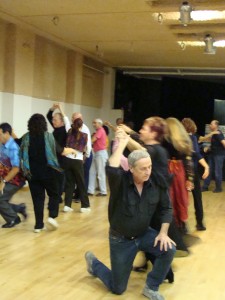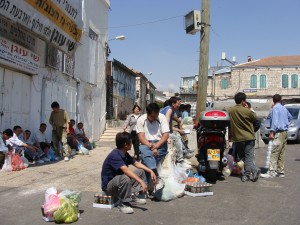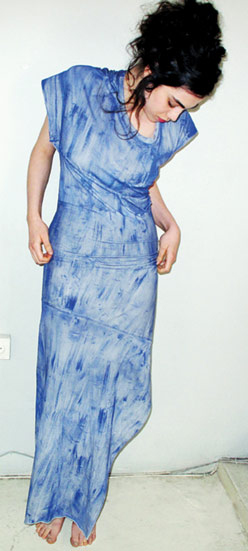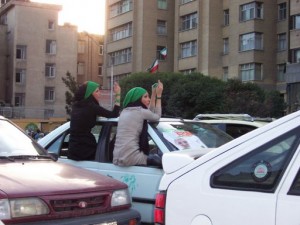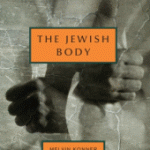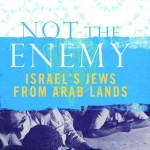
The Missing Mizrahim: review of Rachel Shabi’s Not the Enemy: Israel’s Jews from Arab Lands, and Q & A with the author
Zeek, August 31, 2009
Some critics have faulted Rachel Shabi’s Not the Enemy: Israel’s Jews from Arab Lands as one-sided. Shabi neglects the animosity that existed between Jews and Muslims long before 1948, the critics say. She exaggerates how good things were for the Jews of the Orient, they moan.
But it seems that Shabi’s detractors might have missed the point.
The pivot that Shabi’s work revolves around is, perhaps, easy to miss. It is simple, a delicate foundation for hundreds of pages. Fortunately, Shabi has taken care to illuminate it in an old-fashioned thesis sentence. She writes: “This book is focused on the stifled, small-voice analysis seeking to break this stalemate formula.”
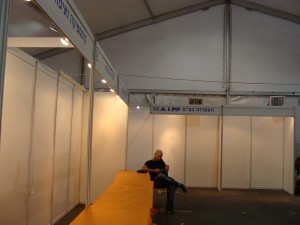
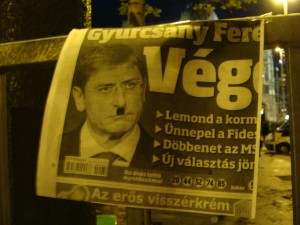 After the ‘non-revolution’
After the ‘non-revolution’